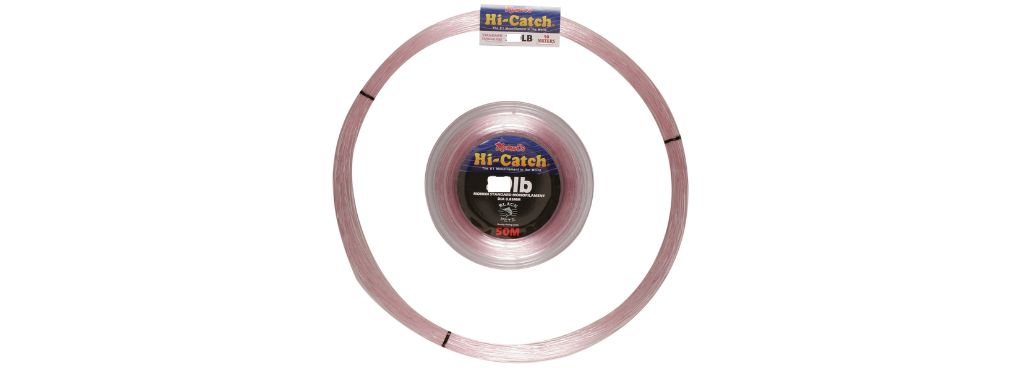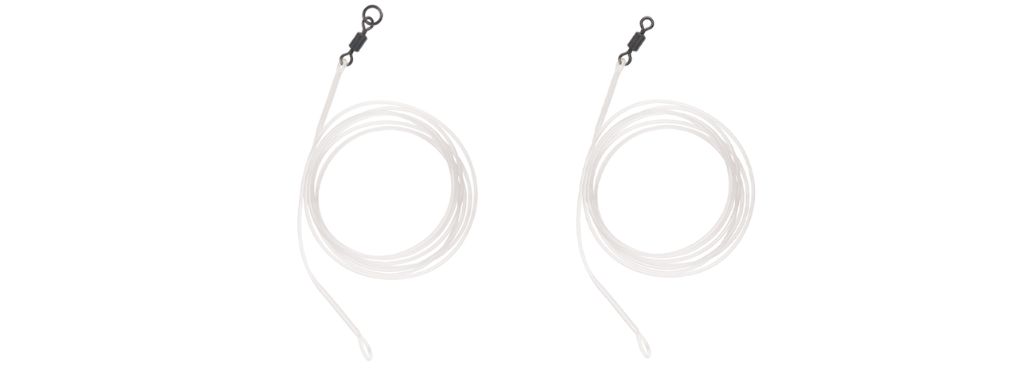Stories Worth Reeling In...
Last Updated on September 21, 2023
Are you curious about the secret weapon that can enhance your angling success? Look no further than the fishing leader line! This often-overlooked component plays a vital role in ensuring your fishing endeavors are fruitful.
But what exactly is a fishing leader line, and why is it so important? In this blog post, we will talk about the mystery of this essential tool. Whether you’re a seasoned angler or just starting with your fishing journey, understanding the fishing leader line will undoubtedly take your fishing game to the next level.
Table of Contents
When angling, the fishing leader line is the unseen hero that can make all the difference. It is the final link between your main fishing line and the hook or lure. It acts as a protective barrier, shielding your main line from abrasive surfaces, sharp teeth, or the strong pull of feisty fish.
By absorbing the shock and tension, it helps to prevent your main line from breaking. What’s better is it provides added stealth, reducing the visibility of your line in the water and increasing your chances of fooling even the most cautious fish.
When it comes to fishing leader lines, anglers have various options to choose from. Let’s delve into three popular types:
Monofilament leaders are versatile and widely used in various fishing scenarios. They offer excellent knot strength, flexibility, and low visibility in the water. This is ideal for freshwater fishing, targeting species like bass, trout, and walleye. They provide sufficient strength and durability to handle most freshwater situations.

Fluorocarbon leaders have gained popularity for their exceptional invisibility in water and high abrasion resistance. They are virtually invisible to fish, making them a go-to choice for situations where fish are particularly line-shy. It excels in clear water environments and is commonly used in both freshwater and saltwater fishing.

Wire leaders are primarily used when targeting toothy predators, such as pike, musky, and barracuda, that can easily bite through monofilament or fluorocarbon lines. Wire leaders provide excellent bite protection and prevent fish from severing the line with their sharp teeth. Wire leaders are made of durable and flexible stainless steel or titanium wire, ensuring strength and resistance to corrosion.

Should a leader be more powerful than the main line? Only when targeting fish with sharp teeth, such as pike, then you need a stronger leader than your main line. In these cases, you may wish to increase your leader line test to prevent their teeth from cutting the line, or better convert to a steel or wire leader.
Incorporating a fishing leader line into your setup brings several advantages that can significantly enhance your angling experience. Let’s explore the benefits of using a fishing leader line:
A fishing leader line acts as a shock absorber, reducing the chances of the main line snapping during casting. The added length of the leader helps to increase casting distance, allowing you to reach a farther target.
It is designed to withstand the harsh elements of fishing, such as rocks, weeds, and sharp structures. By using a leader line, you provide an additional layer of protection to your main line, reducing the risk of abrasion and potential line breaks.
Fish have keen eyesight and can be spooked by the presence of a thick, visible main line. By incorporating a fishing leader line, you create a more stealthy presentation. Particularly fluorocarbon ones, have a refractive index close to water, making them nearly invisible underwater and reducing the chances of fish detecting your line.
Choosing the right fishing leader line requires careful consideration of several factors. Here are some of the key points to keep in mind.
The pound test refers to the strength or weight capacity of the leader line. Consider the target species and fishing conditions to determine the appropriate pound test. Lighter lines work well for smaller fish, while heavier lines are better suited for larger, more powerful species.
The length of your fishing leader line depends on the fishing scenario and the type of fish you wish to target. A shorter leader line is ideal for fishing in clear water or where stealth is necessary. Longer lines are suitable for situations where fish are line-shy or when using live bait.
Depending on the fishing conditions, you may opt for a leader line with high visibility or one that is nearly invisible. Fluorocarbon leader lines have low visibility underwater, making them a good choice for clearwater. Alternatively, monofilament lines offer higher visibility and can be advantageous in low-light or murky conditions.
Attaching a fishing leader line to the main line requires a secure and reliable knot. Here are a few popular fishing knots for connecting a leader line to the main line:
Improved Clinch Knot: This knot is commonly used and provides excellent strength. It is suitable for most fishing situations and is relatively easy to tie.
Albright Knot: Ideal for joining lines of different diameters. It is commonly used to connect a thicker main line to a thinner leader line.
Double Uni Knot: This is a versatile knot that works well for connecting lines of similar or different diameters. Known for strength and ease of tying.
Using a fishing leader line can significantly impact your angling success. It adds strength, stealth, and versatility to your setup. You can increase the probability of landing more fish and enjoy a more rewarding angling experience.